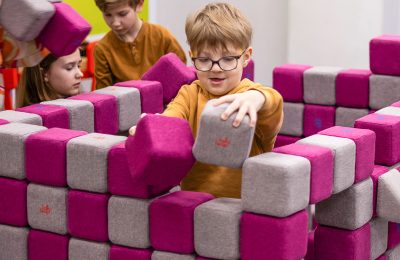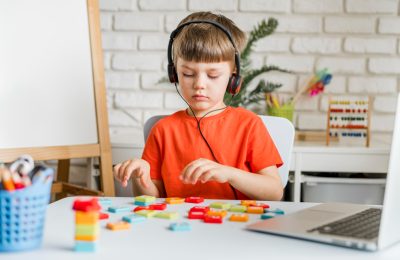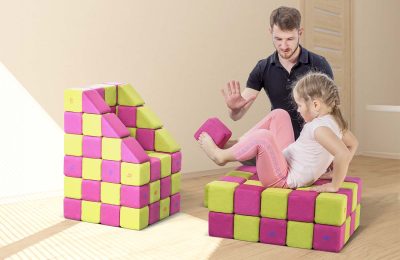Top 10 Ways to Foster Creativity in Children
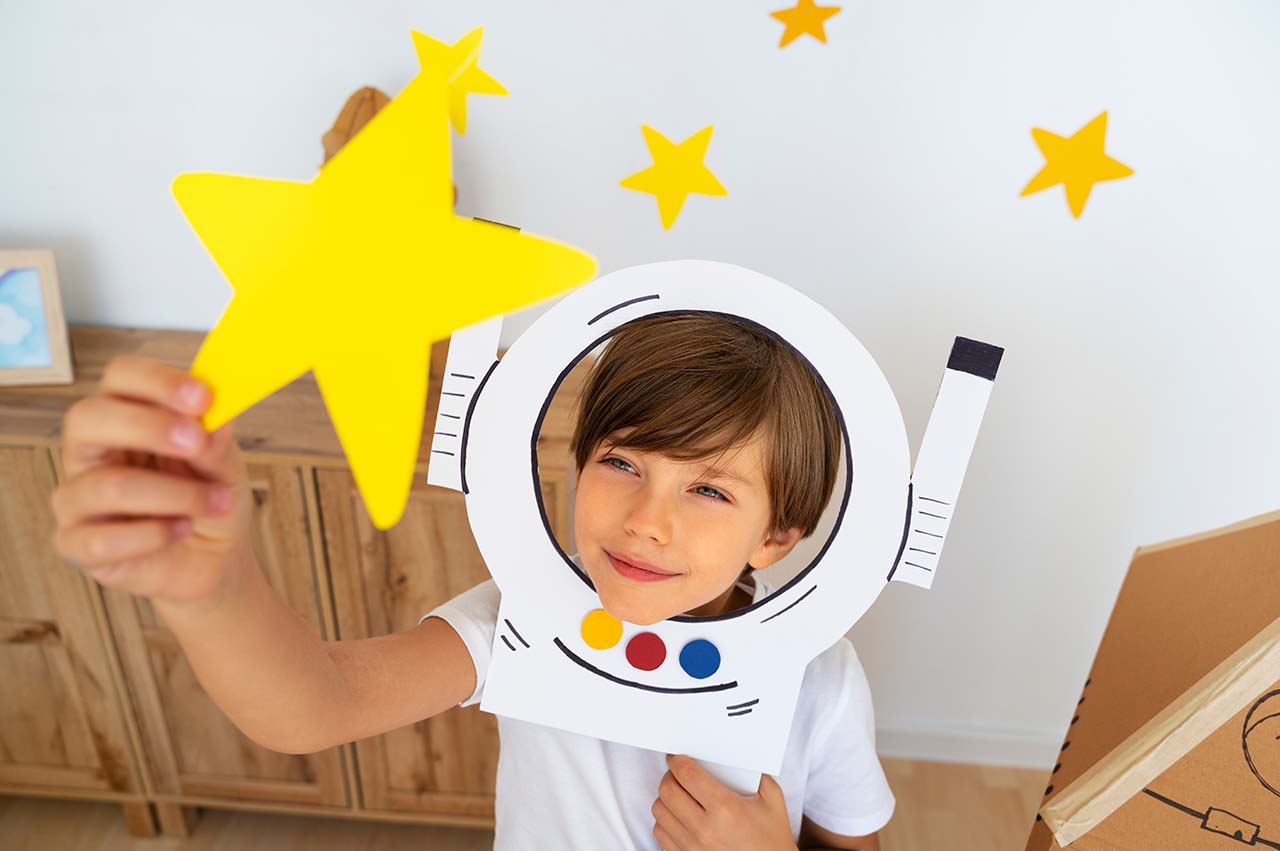
Table of Contents
Introduction
Creativity is not just an art; it’s a vital skill that contributes significantly to a child’s development, helping them become problem solvers, innovators, and visionaries. In a world increasingly driven by unique ideas and novel approaches, fostering creativity in children is essential. But how can we, as caregivers and educators, effectively cultivate this trait? This blog explores ten practical ways to nurture creativity in your little ones, ensuring they have the tools they need to explore their imagination and express themselves artistically. Get ready to dive into a world of color, ideas, and boundless possibilities! Whether through art, play, or education, each strategy is designed to help your child unlock and develop their creative potential.
Importance of Fostering Creativity in Children
In today’s rapidly changing world, creativity is not just an asset but a necessity. Fostering creativity in children from an early age not only prepares them for future challenges but also enriches their lives with joy and fulfillment. Creative thinking enhances problem-solving skills, boosts intellectual growth, and promotes emotional development. Developing creativity helps children become better communicators and innovators, ensuring they are equipped to handle whatever the future holds. By nurturing creativity, we unlock a world of possibilities for our children, allowing them to explore, innovate, and lead a more colorful and impactful life.
Top 10 Ways to Foster Creativity in Children
Encourage Play-Based Learning
Play-based learning is a fantastic way to stimulate creative thought in children. When kids are allowed to engage in play, they make their own rules and scenarios, which fosters flexibility in thinking. Through play, children experiment, solve problems, express themselves, and work collaboratively with others. Encouraging play with different types of materials like blocks, dolls, or even digital games helps children apply their imagination and inventiveness in various contexts.
Provide a Variety of Art Supplies
Having access to a diverse array of art supplies opens up endless possibilities for creative expression. Equip your child’s creative space with paints, crayons, markers, clay, scrap materials, and fabrics. Don’t worry about the mess! The more they are able to experiment with different textures, forms, and colors, the richer their creative experiences will be. Each tool offers new challenges and opportunities, aiding in their cognitive development and sensory skills.
Schedule Downtime for Imagination
In today’s busy schedules, children often have little time left for free play and daydreaming. Scheduled downtime is essential for fostering imagination as it provides children the opportunity to process experiences and think in new and creative ways. Encourage your child to engage in activities like staring at the clouds, daydreaming, or simply reflecting on the day’s activities, as these are all valuable for boosting creativity.
Embrace Mistakes and Imperfections
Help children understand that mistakes are a natural part of learning and creativity. Encouraging them to accept and even embrace mistakes helps cultivate a mindset open to innovation and experimenting. When children are not afraid of failure, they are more likely to take risks that lead to unique outcomes. Teach them famous examples of how many inventions were the result of “happy accidents.”
Support Collaboration and Group Projects
Collaboration is a key component of creativity. When children work together on group projects, they are exposed to diverse perspectives and skills, which enhance their own creative thinking. They learn to negotiate, adapt, and communicate their ideas effectively. Organize activities where children can collaborate on a story, a painting, or a building project, any cooperative task that requires creative solutions.
Expose Children to Different Cultures and Art Forms
The world is a tapestry of cultures, each with its own unique arts, traditions, and expressions. Exposing children to different cultures and their art forms broadens their horizons and inspires new creative ideas. Take them to museums, cultural festivals or watch documentaries about various cultures. Introduce them to music, dance, and art from around the world to stimulate appreciation and inspire their own artistic expressions.
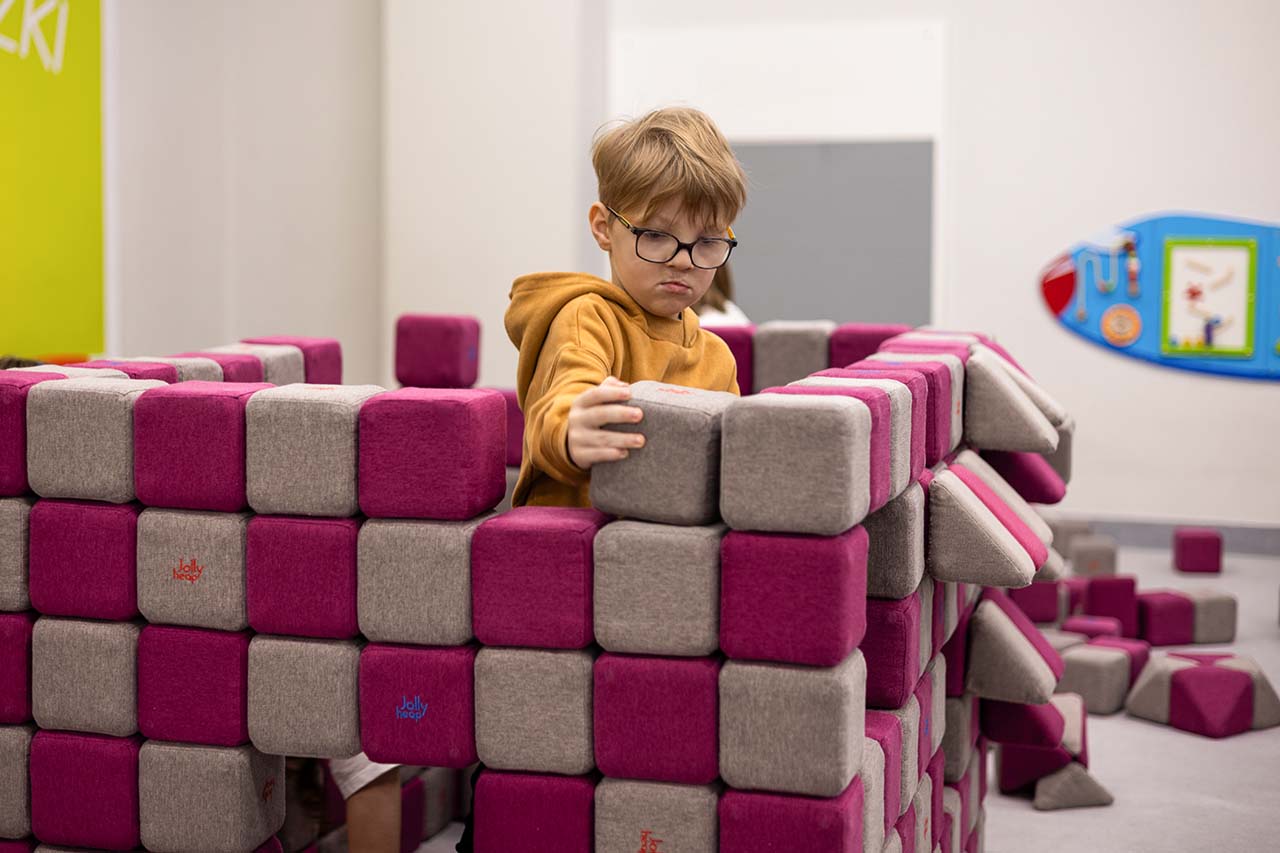
Create a Creative Environment at Home and School
Both home and school play pivotal roles in nurturing a child’s creativity. Create environments that are vibrant and stimulating. Use colorful decor, accessible art materials, and flexible learning spaces. At school, teachers can rotate creative themes and displays to reflect various artistic styles and student work. At home, dedicate a specific area where creativity can be messy and rules can be bent.
Encourage Storytelling and Creative Writing
One of the most accessible ways to encourage creativity is through storytelling and writing. Give children prompts to create stories or let them recount elaborate tales from their imagination. Regular practice of storytelling and creative writing not only improves their language skills but also helps them organize their thoughts, express their emotions, and view the world through multiple lenses.
Allow for Unstructured Free Time
Unstructured time is not the same as idle time; it’s a powerful tool to enhance creativity. In these open periods, children choose how to fill their time, which often leads to spontaneous creative activities. Whether they decide to draw, build something, or play in an imaginative way, these choices fuel their creativity and self-discovery.
Celebrate and Display Children’s Artwork
Celebrating and displaying children’s artwork boosts their confidence and emphasizes the importance of their creative efforts. Set up a mini-gallery at home or in the classroom where kids can showcase their artworks. This not only validates their creative choices but also encourages them to continue exploring and expressing their artistic talents.
By incorporating these strategies, we can effectively foster a vibrant environment where children feel free to imagine, create, and innovate. This nurturing atmosphere is essential in helping them grow into creative thinkers who will one day change the world.
How Creativity Benefits Children’s Development
Creativity is not just about making art; it’s a crucial engine in a child’s development that impacts their cognitive, social, and emotional well-being. Engaging in creative activities helps children explore and express their emotions, manage stress, and enhance their ability to solve problems. Let’s delve into some specific benefits creativity imparts on young developing minds.
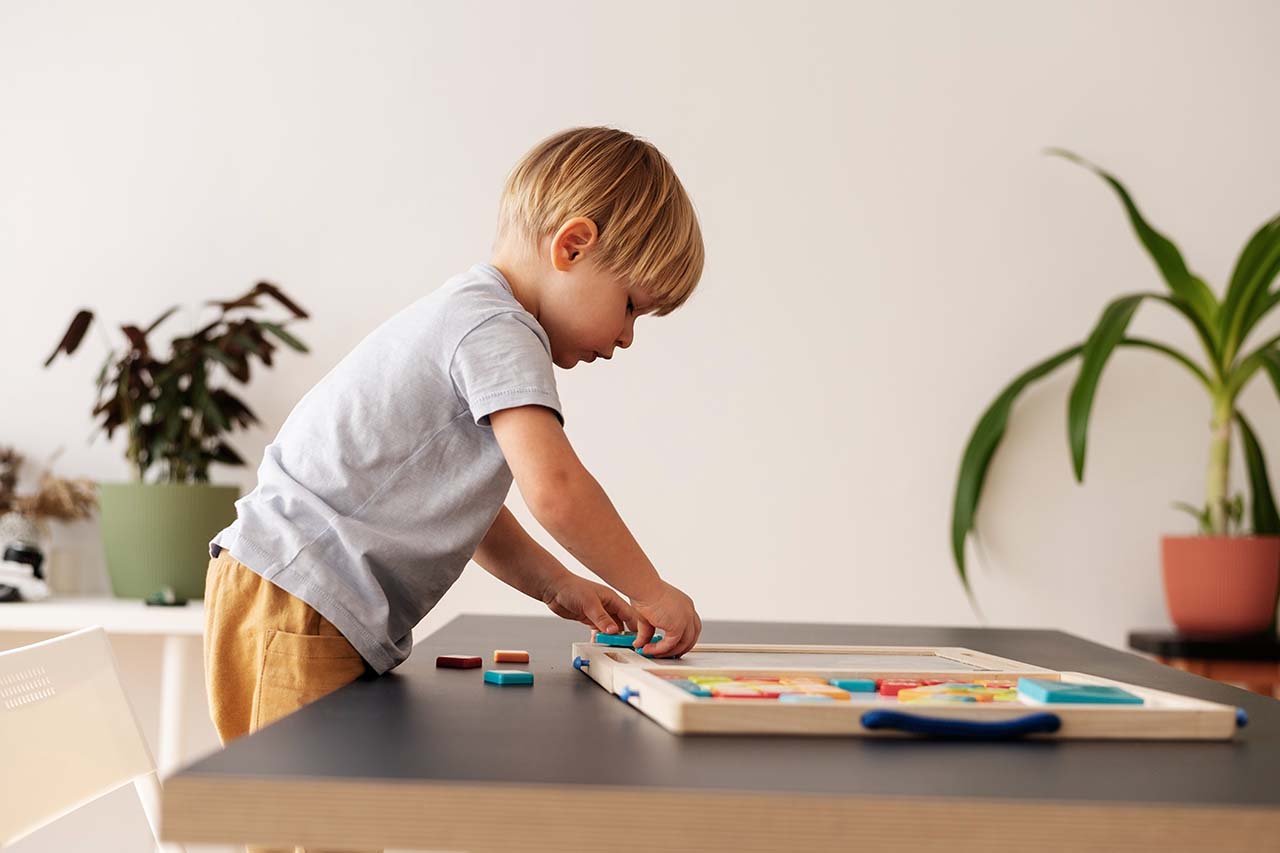
Cognitive Benefits
Creativity is inherently tied to problem-solving. When children are encouraged to think creatively, they learn to approach problems in innovative ways. This skill is invaluable not only during childhood but also in adult life. Creative activities promote critical thinking and foster the ability to look at situations from multiple perspectives.
Enhanced Learning Abilities
Creative activities can improve children’s abilities to focus and concentrate, leading to better academic performance. This is particularly evident when arts are integrated into other academic subjects; children often show improved understanding in subjects like math and science.
Language and Literacy Skills
Storytelling, drawing, and even role-playing can enhance linguistic skills, helping children expand their vocabulary and communication skills. This is crucial for young learners as it directly correlates with their ability to grasp complex concepts later in their educational journey.
Social Benefits
Creativity often involves collaboration and communication, especially in group settings. Participating in these collective creative endeavors teaches children essential interpersonal skills.
Teamwork and Collaboration
Whether it’s playing in a band, acting in a drama, or participating in a group painting project, working together on creative projects teaches children about teamwork, negotiation, and respecting others’ opinions.
Empathy and Cultural Awareness
Arts and crafts can be a reflection of cultural heritage and historical narratives. Exposure to the diverse ways people express themselves can teach children empathy and appreciation for different perspectives and traditions.
Emotional Benefits
The process of creating can be incredibly therapeutic and plays a critical role in emotional development.
Stress Reduction
Creative expression provides children an outlet for stress. This can be through music, dance, painting, and more, offering a safe space for emotion without the need for verbal articulation.
Confidence and Self-Expression
As children improve in their creative endeavors, they build self-esteem. Every painting, sculpture, and story a child creates helps them understand more about themselves and their place in the world.
Encouraging creativity in children not only makes them better equipped to deal with the complexities of life but also enriches their personalities and makes learning a more enjoyable experience. It fosters a balanced development that can pave the way for not just academic success, but life success.
Conclusion
Incorporating these strategies to foster creativity in children can lead to a wonderfully enriching experience for both kids and adults alike. By providing children with the right tools, environment, and encouragement, you help them to not only explore their artistic potential but also develop critical thinking skills and self-confidence. Whether through open-ended play, exposure to the arts, or problem-solving games, every child has a unique creative spark waiting to be ignited. Remember, the goal isn’t to create artists but to nurture innovative, expressive, and thoughtful individuals. Start small, be patient, and watch the magic of creativity unfold in your child’s life.
